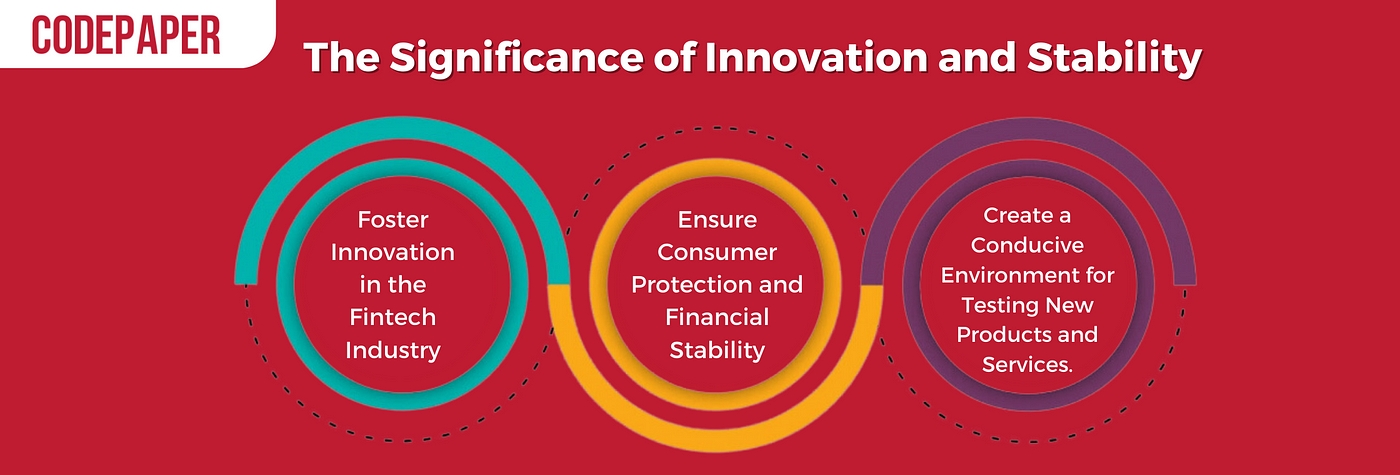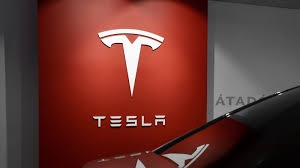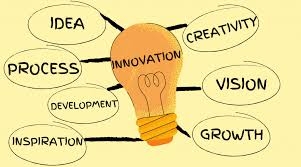Innovation in the Digital Age: Navigating Disruption for Entrepreneurs
Innovation, in the context of entrepreneurship, is the driving force behind progress and the catalyst for transformation. It encompasses the art of finding novel solutions to existing problems and the ability to envision new opportunities in a rapidly evolving landscape. In the digital age, where change is the only constant, innovation is not just an asset—it's a lifeline for startups and businesses aiming to thrive. This article embarks on a journey through the significance of innovation in the digital era, equipping young entrepreneurs with the knowledge and inspiration they need to thrive.
source: unilag
The Power of Innovation for Startups and Businesses:
Competitive Edge:
Innovation provides a distinctive edge in a crowded marketplace. It allows startups to offer unique value propositions that set them apart from competitors, attracting customers and garnering market share.
Adaptation to Change:
The business landscape is constantly evolving, driven by technological advancements and shifting consumer preferences. Innovation enables startups to stay agile and adapt to these changes, ensuring relevance and sustainability.
Efficiency and Productivity:
Innovative solutions often lead to streamlined processes and improved operational efficiency. This, in turn, allows startups to make the most of their resources, optimizing time, effort, and finances.
Meeting Customer Expectations:
Consumers today have high expectations. They seek products and services that not only meet their needs but also offer seamless experiences. Innovation enables startups to create offerings that align with, and even exceed, these expectations.
Problem Solving:
Every business faces challenges. Innovations come in the form of creative problem-solving, allowing startups to overcome obstacles, whether they're related to operations, customer service, or product development.
Fostering Growth and Expansion:
Through innovation, startups can identify new markets, diversify their offerings, or find novel ways to reach a broader audience. This fuels expansion and growth, driving the business towards new heights.
Sustainability and Future-Proofing:
Forward-thinking startups recognize the importance of sustainable practices. Innovation in sustainability not only benefits the environment but also resonates with an increasingly eco-conscious consumer base.

source: medium
Example:
Tesla, led by visionary entrepreneur Elon Musk, stands as a beacon of innovation in the automotive sector. What sets Tesla apart is not just their electric cars, but the entire ecosystem they've built around sustainable transportation.
Key Innovations:
Electric Propulsion Technology:
Tesla's groundbreaking electric propulsion technology has redefined the automotive industry. By shifting from traditional internal combustion engines to electric motors, Tesla addressed environmental concerns and offered a viable alternative to fossil fuels.
Autonomous Driving Capabilities:
Tesla's development of autonomous driving technology is a testament to their forward-thinking approach. Through continuous software updates, Tesla cars gain new features and enhanced capabilities, inching closer to full autonomy.
Supercharger Network:
Tesla tackled one of the primary concerns with electric vehicles - range anxiety. The Supercharger network provides rapid charging stations globally, allowing Tesla owners to embark on long journeys with confidence.
Energy Storage Solutions:
Tesla expanded beyond cars to address broader energy challenges. Their Powerwall and Powerpack products store energy from renewable sources, offering a sustainable solution for homes and businesses.
Solar Integration:
The acquisition of SolarCity showcased Tesla's holistic approach to energy. By combining solar energy generation with efficient storage and electric transportation, Tesla created a complete ecosystem for sustainable living.
Meaning of Innovation:
The innovation demonstrated by Tesla goes beyond creating a new product; it reimagines an entire industry's future. Tesla's success is not only in the engineering marvels they produce but also in the mindset of constantly pushing boundaries and challenging the status quo.
This example illustrates that innovation is about envisioning a better, more sustainable future and then relentlessly pursuing that vision. It's not confined to a single product or process; it's a mindset that permeates every aspect of the business, from technology and design to business models and user experience. Tesla's success is a testament to how innovation, when embraced wholeheartedly, can not only disrupt an industry but lead the way towards a more sustainable and technologically advanced future.








.png)







